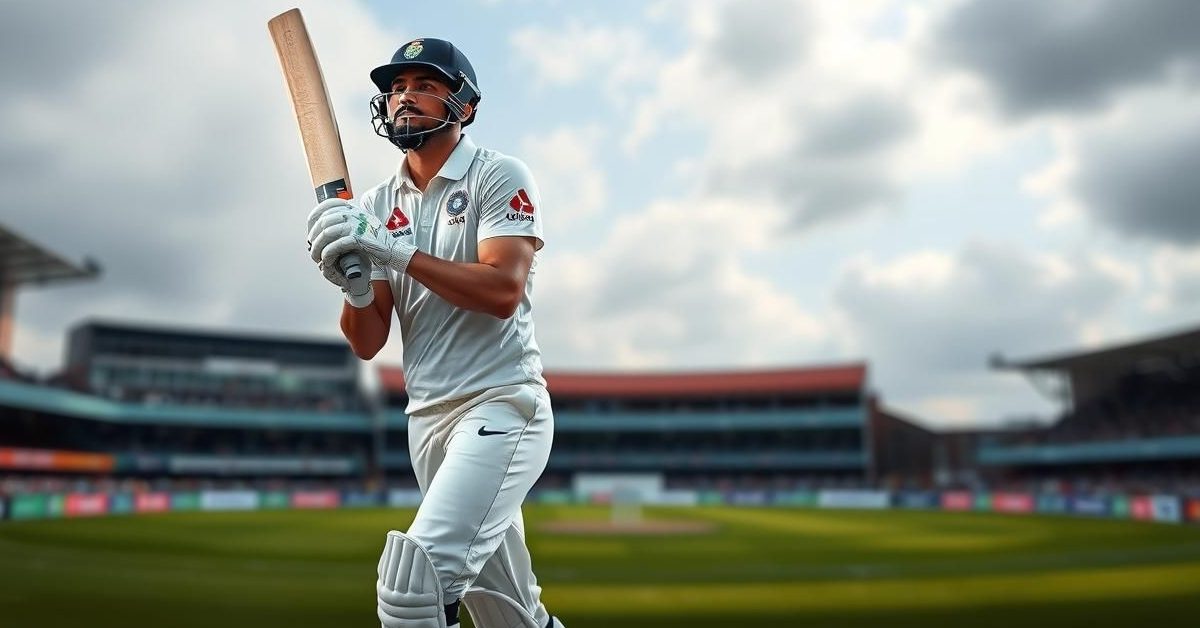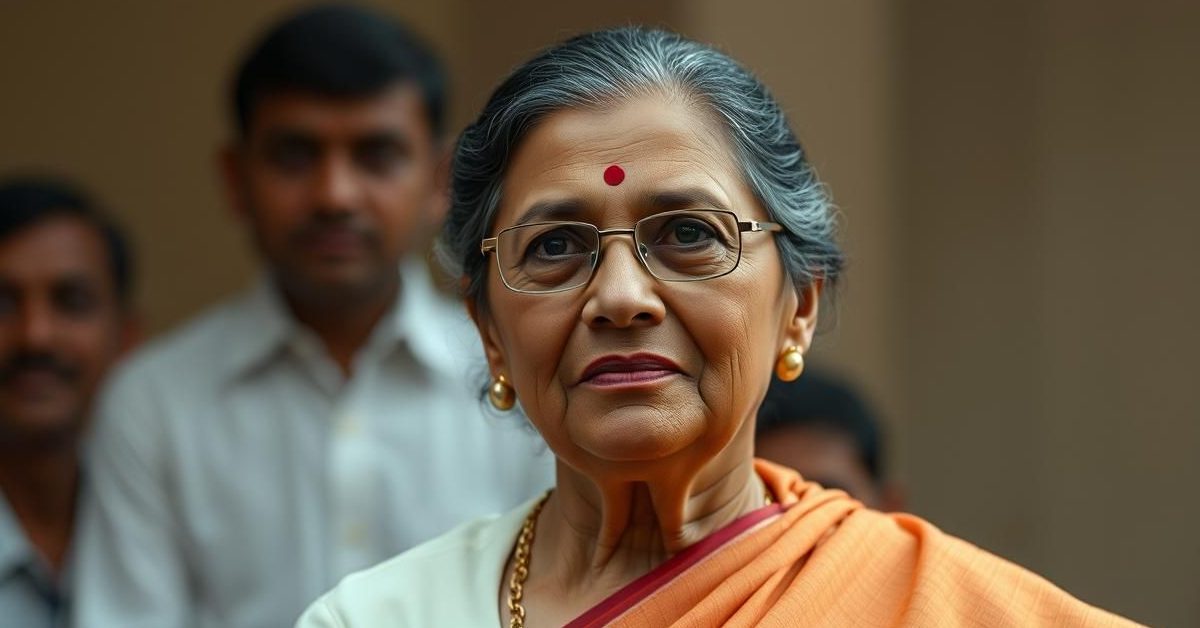India’s Stumble: A Wake-Up Call and the Bumrah Conundrum
The cricketing world watched, somewhat astonished, as a new chapter in Indian Test cricket began not with a flourish, but with a palpable sigh of disappointment. Under the nascent leadership of Shubman Gill, India inaugurated their 2025-27 World Test Championship cycle with an unexpected five-wicket defeat to England at the iconic Headingley in Leeds. This wasn’t merely a loss; it was a stark reminder of the unforgiving nature of Test cricket and, more pressingly, it immediately brought the spotlight onto the management of India’s most precious fast-bowling asset, Jasprit Bumrah.
Headingley’s Heartbreak: The First Test Unravels
The stage was set for a riveting contest, dubbed by many as the “Anderson-Tendulkar Test” – a nod to the timeless legacies of two modern giants of the game. India, despite navigating a challenging first innings, managed to edge out England, securing a slender six-run lead. This marginal advantage, however, soon evaporated under the relentless pressure applied by the English batters. When India set a daunting target of 371 runs, optimism among Indian fans was cautious but present. Yet, England, displaying remarkable grit and an attacking mindset often championed by their captain Ben Stokes and coach Brendon McCullum, systematically chipped away at the target. Joe Root’s masterful innings, combined with vital contributions from Jonny Bairstow, saw the home side chase down the formidable score, leaving India to ponder what went wrong on the hallowed turf of Headingley.
Gambhir’s Insight: Prioritizing Precious Pace
In the immediate aftermath of the defeat, the conversation quickly shifted from the match itself to the broader strategic challenges facing the Indian team management. Among the most vocal and insightful commentators was former Indian opener and World Cup winner, Gautam Gambhir. His words resonated deeply: “Managing his workload is important. India is yet to decide Jasprit Bumrah’s remaining two Tests.” This statement wasn’t just an observation; it was a stark warning, underscoring the critical importance of safeguarding a generational talent. Bumrah, with his unique action, blistering pace, and uncanny ability to deliver crucial breakthroughs, is not merely a bowler; he is India’s premier weapon across all formats. His fitness is paramount, not just for the ongoing series, but for the myriad of high-stakes tournaments that lie ahead, including future ICC events and subsequent WTC cycles.
The Unmissable Asset: Jasprit Bumrah’s Indispensability
Jasprit Bumrah’s journey to becoming one of the world’s most feared pacers has been extraordinary. His unconventional sling-arm action, coupled with pinpoint accuracy and an arsenal of variations, makes him a threat in any condition. From his devastating yorkers in limited-overs cricket to his incisive spells with the red ball, Bumrah consistently delivers. However, this high-octane style of bowling inherently places immense strain on his body. Past injuries, including a significant back stress fracture that sidelined him for extended periods, serve as painful reminders of his vulnerability. Therefore, the team management, led by Shubman Gill in this particular series and potentially by a returning Rohit Sharma in future fixtures, faces an unenviable dilemma: how to maximize Bumrah’s impact without pushing him beyond his physical limits. The emotional investment from Indian fans in Bumrah’s health is immense; they understand that his presence transforms the bowling attack.
The Road Ahead: Strategic Choices for India
With the series now standing at 1-0 in England’s favour, India’s strategists are undoubtedly locked in intense discussions. The decision on Bumrah’s participation in the subsequent Tests will be a delicate balancing act. Do they risk him for immediate results in a crucial WTC series, or do they prioritize his long-term availability for more significant tournaments? The depth of India’s pace attack, featuring talents like Mohammed Shami, Mohammed Siraj, and the promising Arshdeep Singh, will be thoroughly tested. Furthermore, the batting unit, which includes seasoned campaigners and rising stars, must shoulder more responsibility to alleviate pressure on the bowlers. The lessons from Headingley must be swiftly assimilated, and the team needs to demonstrate resilience, character, and tactical astuteness to bounce back in the remaining matches. The next Test, possibly at Lord’s or Old Trafford, will be a defining moment for this young Indian squad.
Beyond the Series: Long-Term Player Management
The Headingley defeat, coupled with the immediate concern over Jasprit Bumrah, highlights a broader issue in modern cricket: the relentless schedule and the imperative of smart player management. For a cricketing powerhouse like India, competing across all formats and aiming for global supremacy, safeguarding its premier assets is non-negotiable. The WTC cycle demands consistent performance, but it must not come at the cost of player longevity. The strategic deployment of players like Bumrah, ensuring they receive adequate rest and rehabilitation, will be crucial for India’s sustained success on the global stage. The emotional connection fans have with these players means every decision about their welfare is scrutinized, underlining the profound responsibility of the team management in navigating this complex landscape.













